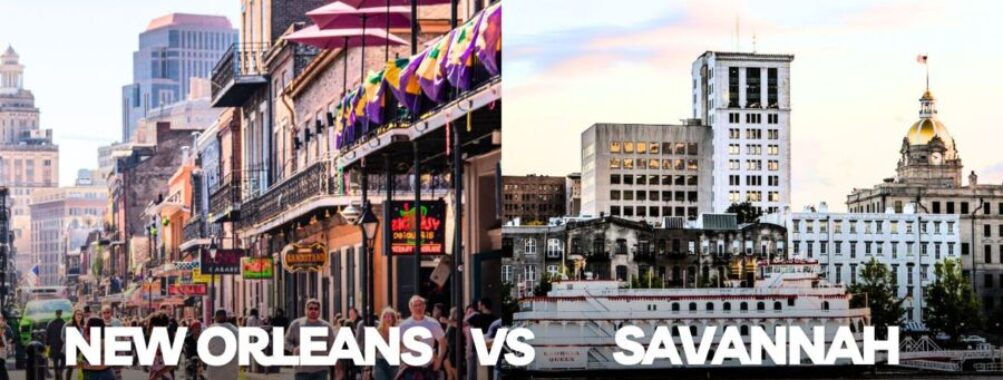
New Orleans vs Savannah: 7 Key Differences for Southern Charm Seekers in 2025
Planning a trip to the South? New Orleans and Savannah are two of the most charming cities on many travelers’ lists. These historic gems offer unique experiences that attract visitors year-round.
New Orleans dazzles with its vibrant music scene, lively nightlife, and world-famous cuisine. Meanwhile, Savannah offers a more relaxed atmosphere with its walkable historic district, beautiful parks, and rich museum offerings. Savannah generally provides families with a quieter, safer experience with easy access to nearby beaches, while NOLA delivers unmatched cultural flair and excitement.
Both cities boast stunning architecture and fascinating histories, making either destination worthwhile for your next vacation. Your perfect choice depends on what you seek—New Orleans’ bold flavors and sounds or Savannah’s elegant Southern charm and accessibility.
Contents
- Historical Significance
- Founding and Development
- Cultural Influences
- Iconic Historical Events
- Geography and Walkability
- City Layout and Geography
- Pedestrian-Friendly Areas
- Culinary Scene
- Local Cuisine
- Dining Experiences
- Comparative Food Culture
- Entertainment and Nightlife
- Music and Live Performances
- Night Activities Comparison
- Cultural Attractions and Landmarks
- Museums and Galleries
- Parks and Outdoor Spaces
- Literary and Cinematic Connections
- Famous Works Set in Each City
- Tourist Essentials
- Accommodation Options
- Transportation Tips
- Best Times to Visit
- Frequently Asked Questions
- What cultural differences can I expect when visiting New Orleans compared to Savannah?
- How do the historical experiences offered in Savannah differ from those in New Orleans?
- Can you highlight the distinctive architectural styles I would find in New Orleans versus Savannah?
- What are the culinary contrasts between New Orleans and Savannah, and what unique flavors does each city offer?
- In terms of arts and music scenes, how does New Orleans stand apart from Savannah?
- What are the key lifestyle factors between Charleston, Savannah, and New Orleans when choosing a coastal city?
- More Travel Guides
Historical Significance
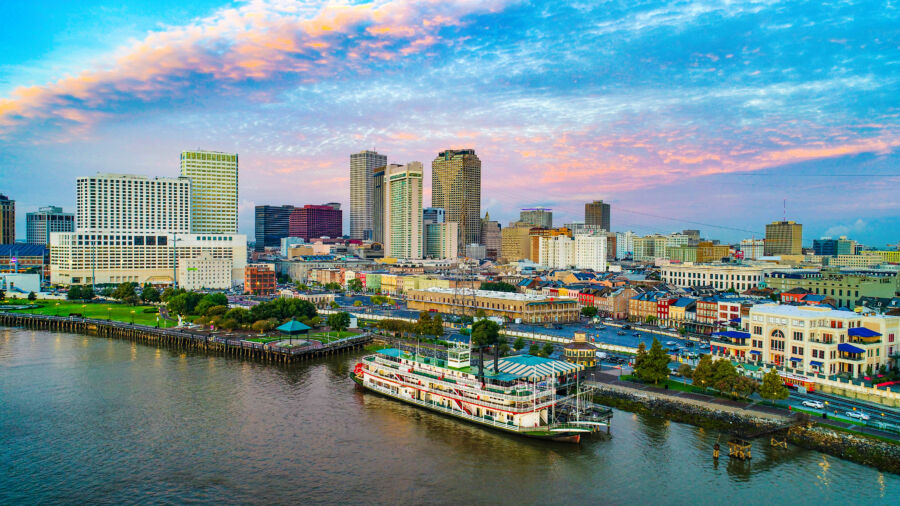
New Orleans and Savannah are living museums of American history, each shaped by distinct influences that have created their unique character and charm. Their stories span centuries, reflecting diverse cultural heritages that define their identities today.
Founding and Development
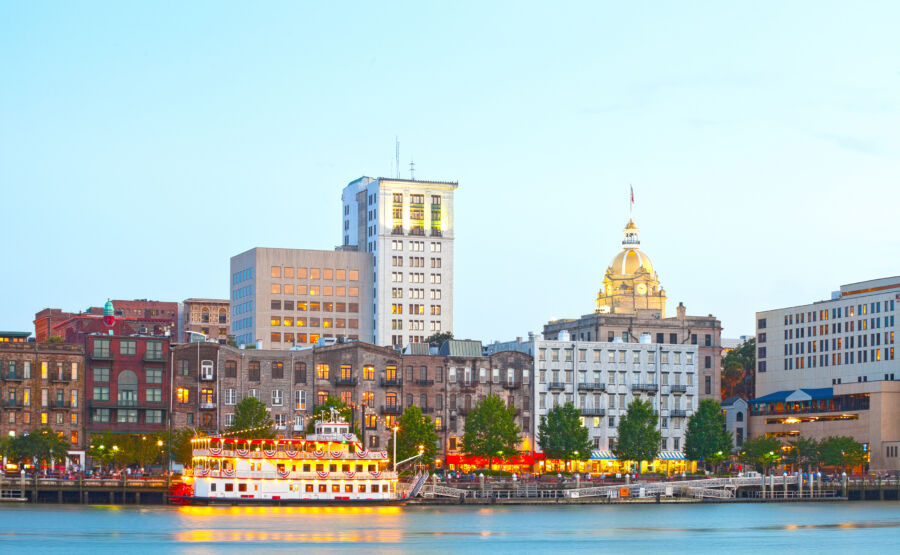
The French established New Orleans in 1718, named it after Philippe II, Duke of Orléans. The city later passed to Spanish control before becoming part of the United States through the Louisiana Purchase in 1803. This mix of ownership created a unique blend of European influences that is still visible in the architecture and layout of the French Quarter.
Meanwhile, Savannah was founded in 1733 by British General James Oglethorpe. Oglethorpe designed the city with its now-famous grid pattern of streets and squares—a revolutionary urban plan. Many of these original 24 squares remain intact today, giving Savannah its distinctive walkable character.
Both cities developed as major port destinations, though with different economic focuses. New Orleans became a hub for trade along the Mississippi River, while Savannah established itself as one of the largest slave ports in America.
Cultural Influences
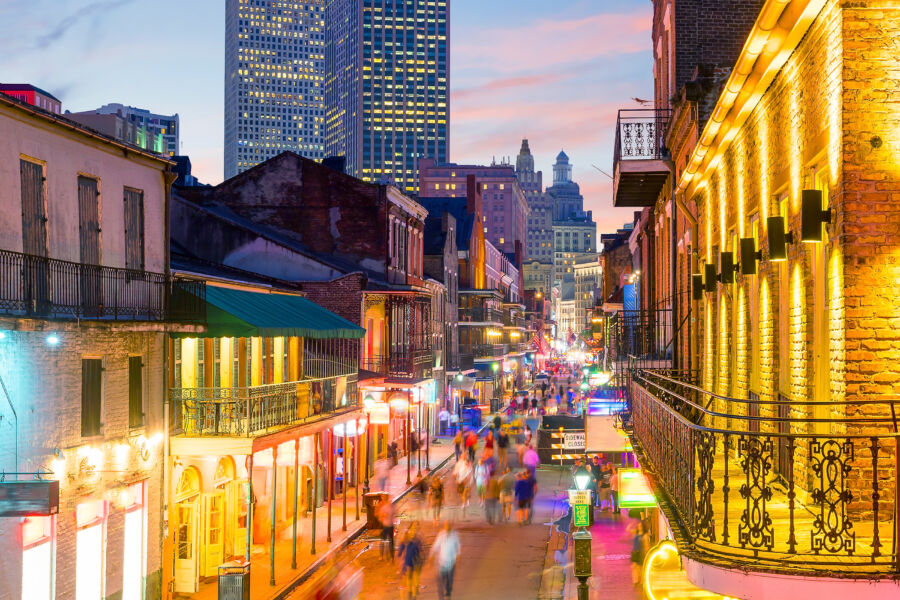
New Orleans bears the unmistakable imprint of French Creole culture, enriched by Spanish, African, and Caribbean influences. This cultural gumbo is evident in everything from the city’s cuisine to its music and celebrations like Mardi Gras.
The city’s unique cultural identity stems partly from its history as a place where enslaved people could gather to maintain their traditions in Congo Square. This helped preserve African cultural practices that evolved into distinctive New Orleans traditions.
Meanwhile, Savannah’s culture reflects its deep Southern roots with strong British colonial influences. The city’s religious character developed early, with white and Black communities establishing strong faith traditions. The city’s large, tightly-knit African American community has maintained powerful religious connections throughout history.
Iconic Historical Events
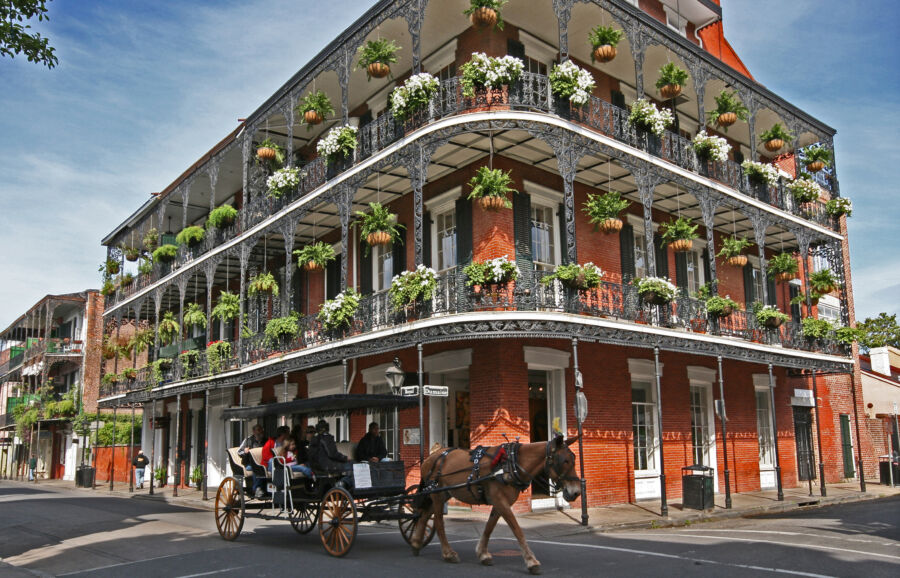
New Orleans has weathered numerous defining moments, from devastating fires in the late 1700s to the Battle of New Orleans in 1815. The city’s role in jazz development in the early 20th century forever changed American music.
More recently, Hurricane Katrina 2005 devastated the city and showcased its remarkable resilience. The recovery effort continues to shape New Orleans’ modern identity.
Meanwhile, Savannah’s historical significance includes its role in the Revolutionary War and its occupation by Union General Sherman in 1864. Unlike many Southern cities, Sherman spared Savannah from destruction, preserving its historic architecture and beauty.
The city later became central to the preservation movement when residents fought to protect the historic district from demolition in the 1950s. This effort created one of America’s largest urban National Historic Landmark Districts.
Geography and Walkability

Both New Orleans and Savannah offer distinct geographic features that shape their walkability. These historic southern cities have developed unique layouts influenced by their natural surroundings and cultural histories.
City Layout and Geography

New Orleans sits below sea level between Lake Pontchartrain and the Mississippi River, giving it a distinctive crescent shape. The city’s layout follows the river’s natural curve, with streets that don’t always form perfect grids. This creates charming, sometimes confusing pathways through neighborhoods.
The French Quarter serves as the heart of New Orleans, with its iconic architecture and narrow streets designed long before cars existed. The Garden District offers tree-lined avenues with historic mansions.
Savannah, on the other hand, sits on a bluff above the Savannah River. Its most distinctive feature is its planned grid system with 22 historic squares. These green spaces, originally designed in the 1700s, create natural stopping points throughout downtown.
The city’s layout makes navigation relatively simple, with wide streets and regular patterns that help visitors orient themselves easily.
Pedestrian-Friendly Areas

Savannah consistently ranks as the more walkable of the two cities for everyday exploration. Its historic district spans about 2.5 square miles of flat terrain, making it easy to cover on foot. The squares provide shade and benches, creating natural rest spots during hot southern days.
According to travelers, Savannah’s historic district feels particularly accessible, with shops, restaurants, and historical sites all within comfortable walking distance. The riverfront area offers additional pedestrian paths with views of cargo ships passing by.
New Orleans offers excellent walkability in certain neighborhoods but can feel more spread out. The French Quarter remains the most pedestrian-friendly area, where cars often move slowly on narrow, crowded streets.
Streetcars provide convenient transportation between neighborhoods, supplementing walking in New Orleans. However, summer heat and occasional flooding can create walking challenges that Savannah’s elevated position helps avoid.
See Related: Top Food Festivals Happening Around the World This Winter
Culinary Scene
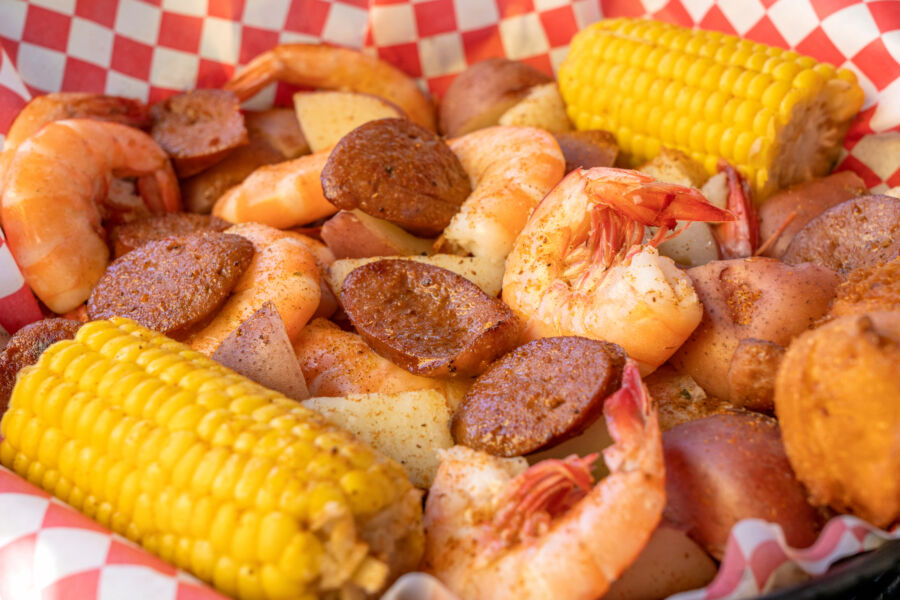
New Orleans and Savannah offer incredible food scenes reflecting their rich histories and cultural influences. The two cities present distinct flavors and dining atmospheres that showcase the best Southern cuisine with unique twists.
Local Cuisine

New Orleans boasts a culinary identity shaped by French, Spanish, African, and Caribbean influences. The city’s signature dishes include gumbo, jambalaya, étouffée, and beignets. Creole and Cajun cooking dominate the food scene, with seafood playing a starring role in many dishes.
Po’ boys (hearty sandwiches on French bread) and muffulettas (Italian-influenced sandwiches) are popular street foods throughout the city. Crawfish boils are social events as much as meals, especially during spring.
Savannah’s food scene, while less internationally famous, offers delicious Southern staples. Local favorites include shrimp and grits, fried green tomatoes, and peach cobbler. The city is known for its pralines and fresh seafood from nearby coastal waters.
Dining Experiences

New Orleans features everything from elegant fine dining establishments to casual corner po’ boy shops. The French Quarter offers historic restaurants like Antoine’s (which has been operating since 1840) and Commander’s Palace in the Garden District, which is known for its jazz brunch.
The city embraces food as entertainment, with many restaurants featuring live music. Café du Monde remains an iconic 24-hour spot for beignets and café au lait, often with street musicians performing nearby.
Savannah offers a more laid-back dining atmosphere with many restaurants housed in historic buildings. The city’s famous squares often have nearby cafés perfect for people-watching while enjoying Southern comfort food. River Street offers waterfront dining options with views of passing ships.
Comparative Food Culture
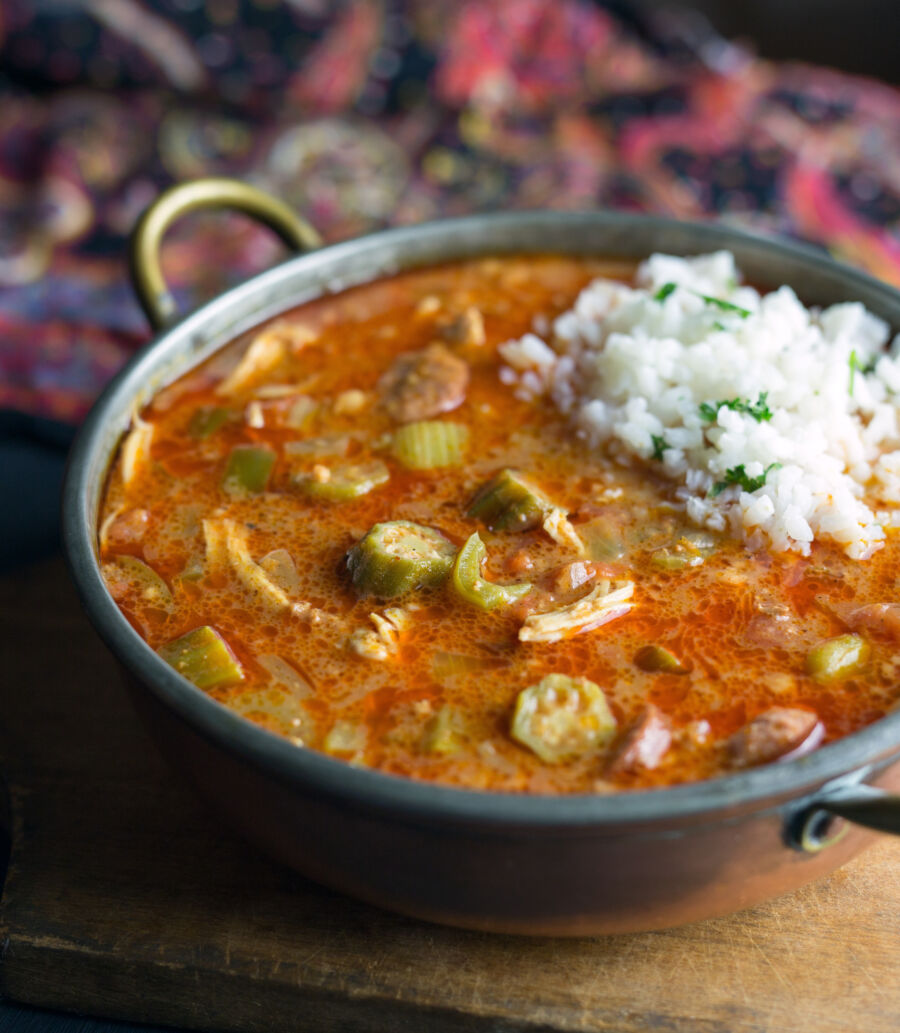
New Orleans has a more vibrant and diverse food culture that draws culinary tourists from around the world. The city hosts numerous food festivals annually, including events dedicated to gumbo, oysters, and fried chicken.
Food in New Orleans is often spicier and more boldly flavored than in Savannah. The city’s residents take immense pride in their cuisine, with many families passing down recipes through generations.
Savannah’s food scene is growing but remains more traditional Southern. The city does excel with its seafood offerings, given its coastal location. Savannah has seen an increase in farm-to-table restaurants in recent years, emphasizing local ingredients.
Both cities share a love for sweet tea, though New Orleans is more known for its cocktail culture (especially the Sazerac and Hurricane drinks).
Entertainment and Nightlife

Both cities offer unique after-dark experiences but cater to different types of travelers. New Orleans buzzes with energy almost 24/7, while Savannah offers a more relaxed yet vibrant evening scene.
Music and Live Performances
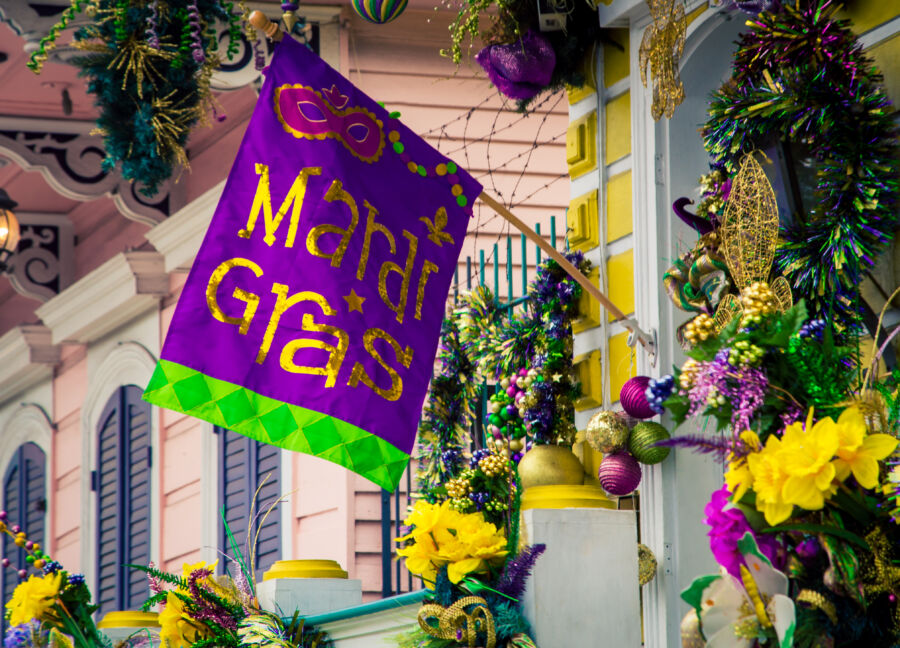
New Orleans is world-famous for its music scene, especially jazz. Live music pours from venues throughout the French Quarter any night of the week. Frenchmen Street has authentic jazz clubs where talented musicians play until early.
The city’s musical heritage runs deep, with venues like Preservation Hall offering traditional jazz in an intimate setting. The city becomes a stage during festivals like Jazz Fest or Mardi Gras.
Savannah’s music scene is smaller but growing. The Historic District features several spots with live music, from jazz to acoustic sets. The Savannah Music Festival, held annually in spring, brings top talent to venues throughout the city.
Unlike New Orleans’ boisterous atmosphere, Savannah offers a more laid-back experience where you can actually have a conversation while enjoying performances.
Night Activities Comparison
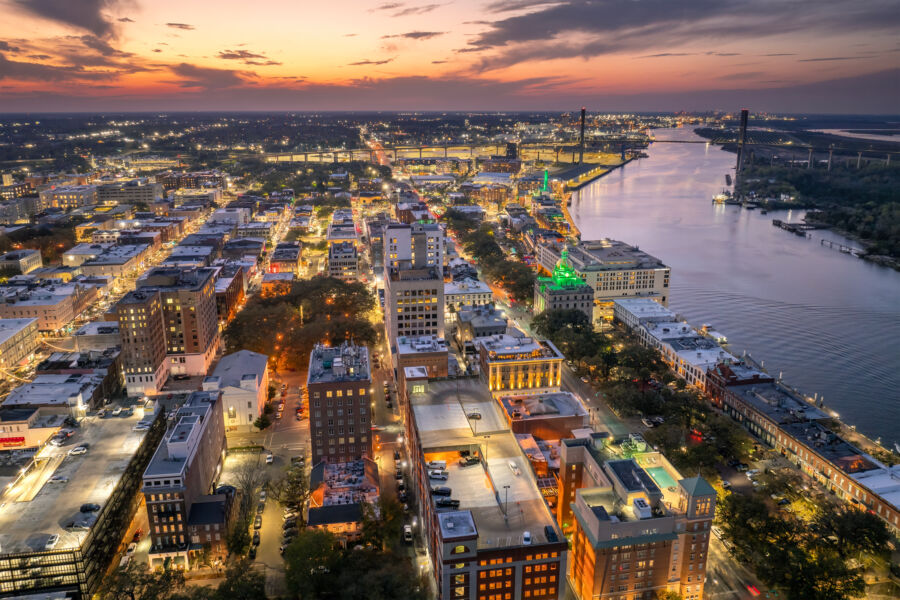
New Orleans never really sleeps. Bourbon Street stays lively until dawn with its open-container laws allowing drinks to go as you explore. Beyond the obvious party scene, there are ghost tours, cocktail tours, and late-night food options everywhere.
The city’s cocktail culture is legendary. From the original Hurricane at Pat O’Brien’s to craft cocktails at upscale lounges, drinking is practically a cultural activity here.
Savannah offers a more genteel nightlife experience. The city’s open-container policy (within the Historic District) means you can stroll with a drink while admiring architecture lit up at night. Given Savannah’s reputation as America’s most haunted city, ghost tours are extremely popular.
Rooftop bars and riverfront establishments provide beautiful views with your evening cocktail. Things generally wind down earlier than New Orleans, making Savannah better suited for early risers.
Cultural Attractions and Landmarks
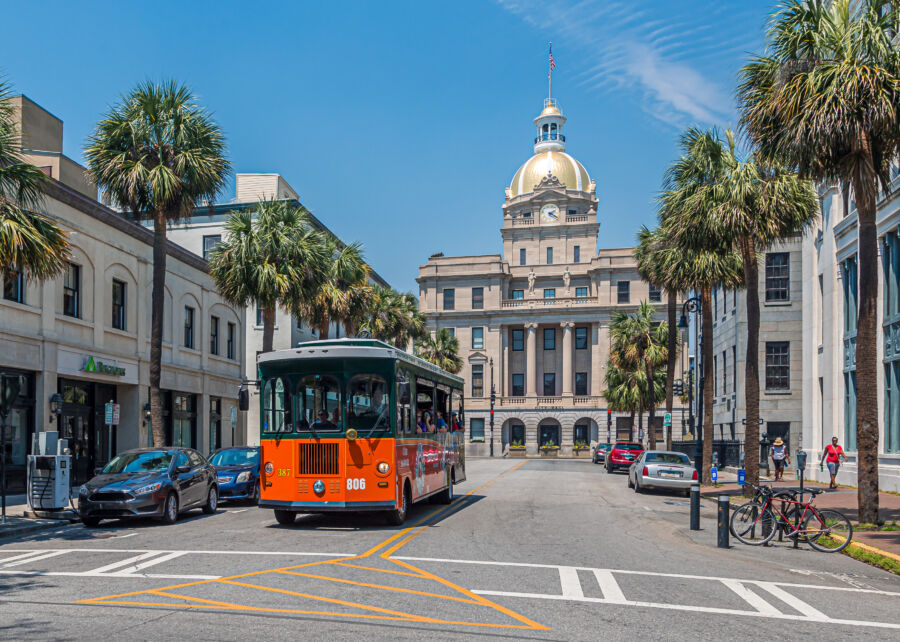
New Orleans and Savannah offer visitors incredible cultural experiences with unique histories and beautiful architecture. These Southern gems have preserved their heritage through museums, historic sites, and picturesque outdoor spaces that tell their fascinating stories.
Museums and Galleries
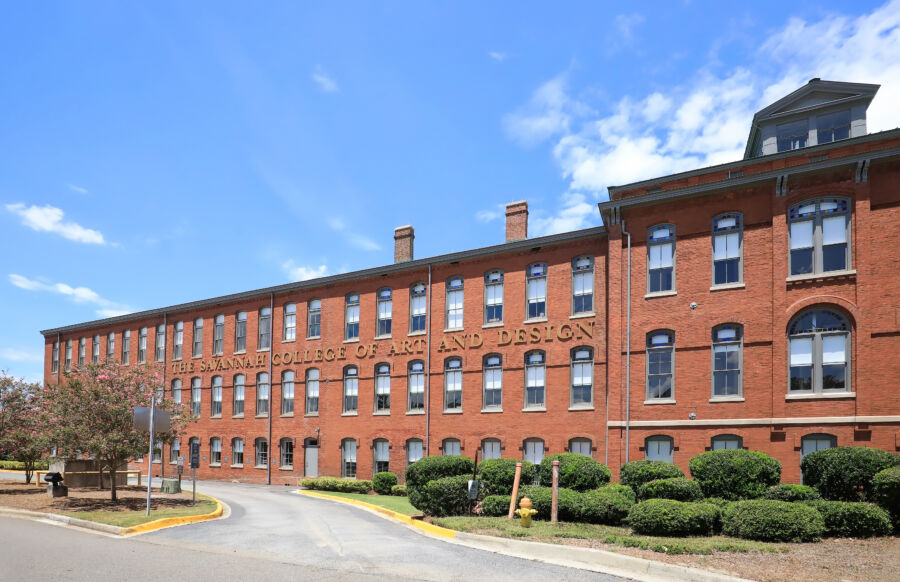
New Orleans boasts some truly exceptional museums that capture its diverse cultural heritage. The National WWII Museum stands out as one of the country’s premier historical institutions, offering immersive exhibits that transport visitors back in time. For art lovers, the New Orleans Museum of Art showcases an impressive collection spanning thousands of years.
Savannah counters with the Telfair Museums, which includes the contemporary Jepson Center, the historic Telfair Academy, and the atmospheric Owens-Thomas House. The SCAD Museum of Art, affiliated with the Savannah College of Art and Design, features cutting-edge contemporary works in a beautifully renovated historic building.
Both cities honor their African American heritage through dedicated museums. New Orleans’ Backstreet Cultural Museum highlights Mardi Gras traditions, while Savannah’s Pin Point Heritage Museum preserves Gullah-Geechee culture.
Parks and Outdoor Spaces
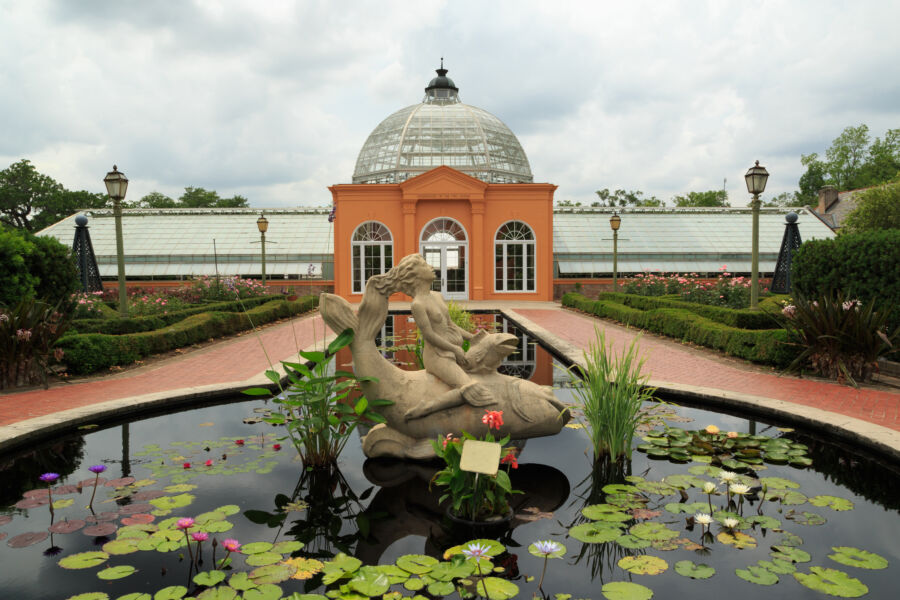
New Orleans’ crown jewel is City Park, a 1,300-acre urban oasis featuring ancient oak trees, the New Orleans Botanical Garden, and charming bridges spanning serene lagoons. The French Quarter’s Jackson Square is the city’s historic heart, surrounded by iconic architecture and street performers.
Savannah is famous for its distinctive park system, with 22 historic squares dotting downtown. These green spaces, shaded by massive live oaks draped in Spanish moss, provide peaceful retreats amid the bustling city. The most photographed is Forsyth Park, with its magnificent fountain and Saturday farmers market.
Both cities offer waterfront experiences, too. New Orleans has the Mississippi Riverfront, while Savannah boasts River Street along the Savannah River, lined with shops and restaurants in former cotton warehouses.
See Related: Most Affordable Summer Destinations
Literary and Cinematic Connections
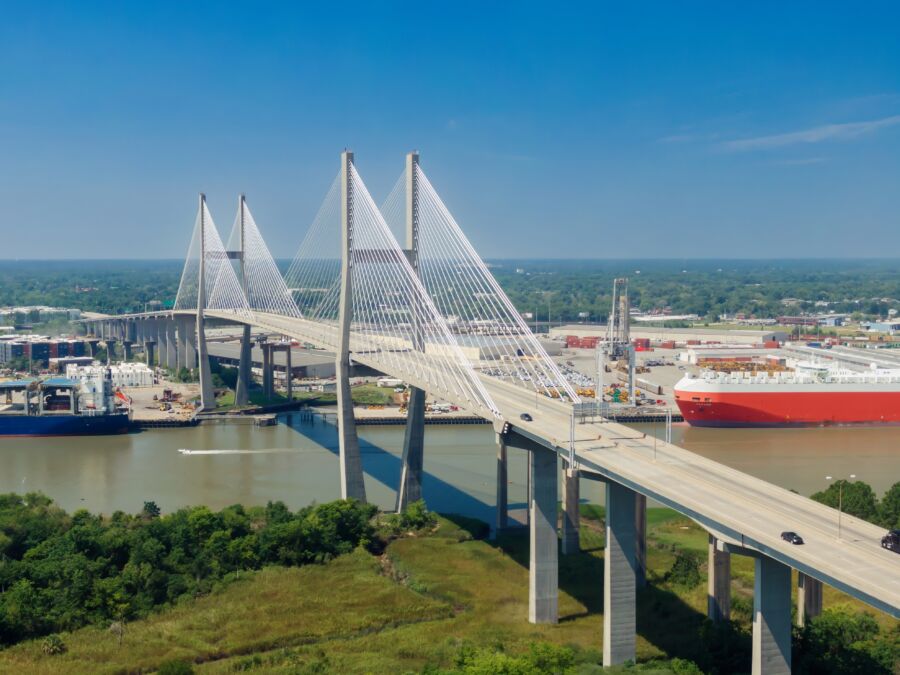
New Orleans and Savannah have deep roots in American literature and film, serving as atmospheric backdrops that have inspired countless creative works. Their unique architecture, haunting histories, and distinctive cultures have made them favorite settings for authors and filmmakers alike.
Famous Works Set in Each City

John Berendt’s “Midnight in the Garden of Good and Evil” shot Savannah to literary fame. This non-fiction narrative about a murder case captured the city’s eccentric characters and haunting beauty. Later, it became a Clint Eastwood film. The book put Savannah on the tourism map in the 1990s and continues to draw visitors wanting to see Mercer House and Bonaventure Cemetery.
The film industry loves Savannah, too. Forrest Gump filmed its famous bench scenes in Chippewa Square, and The Legend of Bagger Vance showcased the city’s timeless charm.
New Orleans boasts an even richer literary tradition. Tennessee Williams set his masterpiece “A Streetcar Named Desire” here, and the city hosts the Tennessee Williams Literary Festival each March.
Anne Rice’s vampire novels, particularly “Interview with the Vampire,” used New Orleans’ mysterious atmosphere and ornate cemeteries as the perfect setting for her undead characters. The city’s unique blend of cultures appears in works by Kate Chopin and, more recently, in James Lee Burke’s detective novels.
Films like “The Princess and the Frog” and “The Curious Case of Benjamin Button” showcase New Orleans’ distinctive visual appeal and cultural landscape.
Tourist Essentials
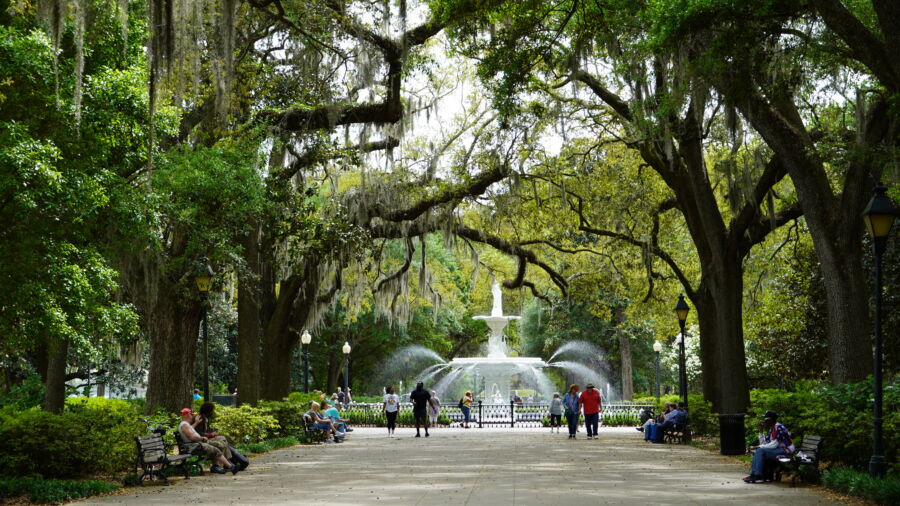
Planning a trip to New Orleans or Savannah requires knowing where to stay, how to get around, and when to visit. Depending on when you go and how you navigate their historic streets, both cities offer unique experiences.
Accommodation Options
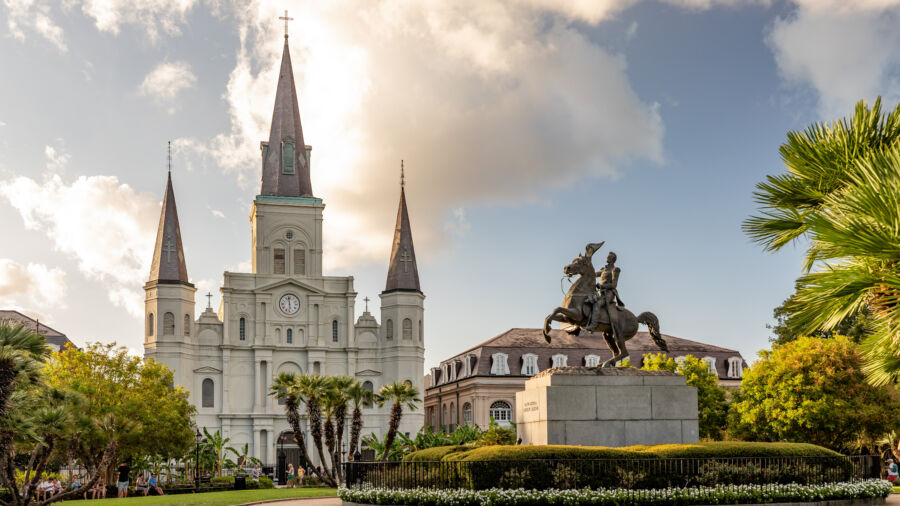
Both cities boast a range of places to stay, from luxury hotels to cozy bed and breakfasts.
In New Orleans, the French Quarter offers historic hotels with courtyards and balconies overlooking busy streets. The Garden District provides quieter, upscale accommodations with gorgeous architecture. Some visitors prefer staying in the trendy Warehouse District for its modern vibe.
Savannah’s Historic District is home to charming bed and breakfasts in restored mansions, offering Southern hospitality at its finest. Many feature antique furnishings and gourmet breakfasts. The riverfront area has several chain hotels with views of the Savannah River.
Budget travelers will find options in both cities, though prices rise during peak seasons like Mardi Gras in New Orleans or spring in Savannah when the azaleas bloom. Vacation rentals are increasingly popular, offering kitchens and more space for families or longer stays.
Transportation Tips

Getting around these Southern gems requires different strategies. New Orleans has a reliable streetcar system that’s both practical and charming. The St. Charles line is perfect for viewing Garden District mansions. For $3, you can purchase a day pass for unlimited rides on streetcars and buses.
Walking is ideal in Savannah’s Historic District with its 22 beautiful squares. The city’s flat terrain and compact layout make it pedestrian-friendly. Both cities offer guided tours that range from ghost walks to food experiences.
Ride-sharing services operate in both locations, proving handy for reaching outlying attractions. Renting a car isn’t necessary unless you plan day trips outside the city centers. Parking can be expensive and difficult in historic areas, so consider this when choosing accommodations.
Savannah offers free downtown shuttles called DOT, which connect major attractions. New Orleans’ neighborhood boundaries can confuse first-timers, so keep a map handy or use phone navigation.
Best Times to Visit

Weather and festivals greatly influence when to visit these Southern destinations. When temperatures are mild, New Orleans shines from February to May, and the city hosts major events like Mardi Gras and Jazz Fest. Fall months (October to December) also offer pleasant weather and fewer crowds.
Summer in both cities brings heat and humidity that can be uncomfortable for some travelers. Savannah is most magical in spring (March-June) when azaleas and dogwoods bloom throughout the historic squares. October and November bring cooler temperatures and beautiful fall colors.
Hurricane season (June-November) affects both locations, with peak risk in August and September. Travel insurance is recommended during these months. Both cities host numerous festivals year-round, from Savannah’s St. Patrick’s Day celebration (second largest in the US) to countless food and music events in New Orleans.
Hotel rates fluctuate with demand, so it’s wise to book accommodations several months ahead for peak seasons. Christmas brings special decorations and events to both historic districts, making December a uniquely charming time to visit.
See Related: Savannah vs Charleston: Key Differences to Know Before Your Southern Getaway
Frequently Asked Questions
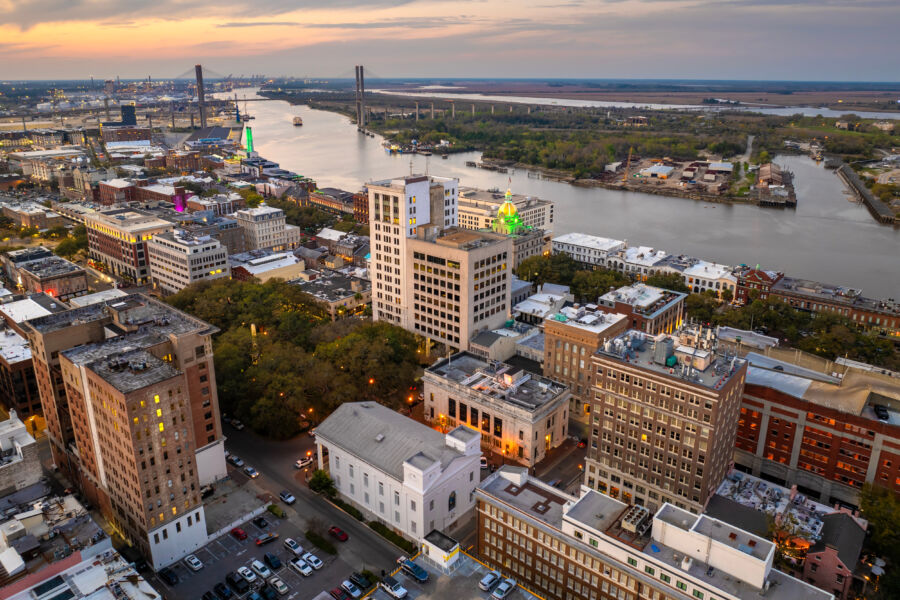
Before planning their visits, travelers often wonder about key differences between these charming Southern cities. Both destinations offer unique experiences that reflect their distinct histories and cultural identities.
What cultural differences can I expect when visiting New Orleans compared to Savannah?
New Orleans pulses with a vibrant cultural mix influenced by French, Spanish, African, and Caribbean traditions. The city’s atmosphere feels celebratory and lively, with music spilling from doorways across the French Quarter.
Savannah presents a genteel Southern charm with a slower pace and more conservative cultural feel. The city embraces traditional Southern hospitality and customs.
NOLA (as locals call it) maintains strong Creole and Cajun cultural influences you won’t find in Savannah. This creates a distinctly different vibe in everything from festivals to everyday interactions.
How do the historical experiences offered in Savannah differ from those in New Orleans?
Savannah’s historical experience centers around beautifully preserved antebellum architecture and planned city squares dating back to 1733. The city largely survived the Civil War, allowing visitors to see genuine pre-war structures.
New Orleans offers a more eclectic historical experience spanning French colonial rule, Spanish influence, and American acquisition. The city’s history includes more diversity, including its role as a major port and center for trade.
Walking tours in Savannah often focus on the city’s planned layout and preservation efforts. New Orleans tours frequently incorporate stories of voodoo, pirates, and the city’s more colorful historical characters.
Can you highlight the distinctive architectural styles I would find in New Orleans versus Savannah?
New Orleans showcases French and Spanish colonial architecture, particularly in the French Quarter, with its iconic wrought-iron balconies, courtyards, and colorful facades. Creole cottages and shotgun houses represent distinctive NOLA housing styles.
Savannah features more consistent Georgian, Federal, and Greek Revival styles. The city’s famous row houses and mansions reflect its prosperity during the cotton era.
Both cities boast beautiful old oak trees, but Savannah’s 22 historic squares lined with moss-draped oaks create a unique urban forest experience, unlike New Orleans’ more compact historic district.
What are the culinary contrasts between New Orleans and Savannah, and what unique flavors does each city offer?
New Orleans boasts world-famous cuisine with Creole and Cajun influences. Signature dishes include gumbo, jambalaya, po’boys, and beignets. The city’s food scene blends unique French, Spanish, African, and Caribbean flavors.
Savannah offers traditional Southern cooking with coastal influences. Look for shrimp and grits, fried green tomatoes, and fresh seafood. The food tends to be more straightforwardly Southern than New Orleans’ complex fusion cuisine.
Both cities have thriving food scenes, but New Orleans has received more international recognition for its distinctive culinary identity and innovative chefs.
In terms of arts and music scenes, how does New Orleans stand apart from Savannah?
New Orleans is one of America’s most important music cities, particularly for jazz, blues, zydeco, and brass band traditions. Live music happens everywhere, from dedicated venues to street corners and impromptu parades.
Savannah offers a more subdued arts scene focused on visual arts, with SCAD (Savannah College of Art and Design) driving much of the creative energy. The music scene tends toward acoustic performances and more traditional styles.
The creative spirit in New Orleans feels more spontaneous and ever-present, while Savannah’s artistic expression often appears in galleries, boutiques, and scheduled performances.
What are the key lifestyle factors between Charleston, Savannah, and New Orleans when choosing a coastal city?
Job opportunities vary significantly between these cities. New Orleans offers more diverse employment options as the largest of the three, but all have challenging job markets compared to major metropolitan areas.
Climate considerations include hurricane risk in all three cities, with New Orleans facing additional flooding concerns due to its below-sea-level location. Meanwhile, Savannah and Charleston experience milder summers than New Orleans’ intense heat and humidity.
Cost of living differences matter, too. Housing tends to be more affordable in New Orleans than Charleston, with Savannah falling somewhere in between. Each city offers distinct neighborhood vibes worth exploring before relocating.



